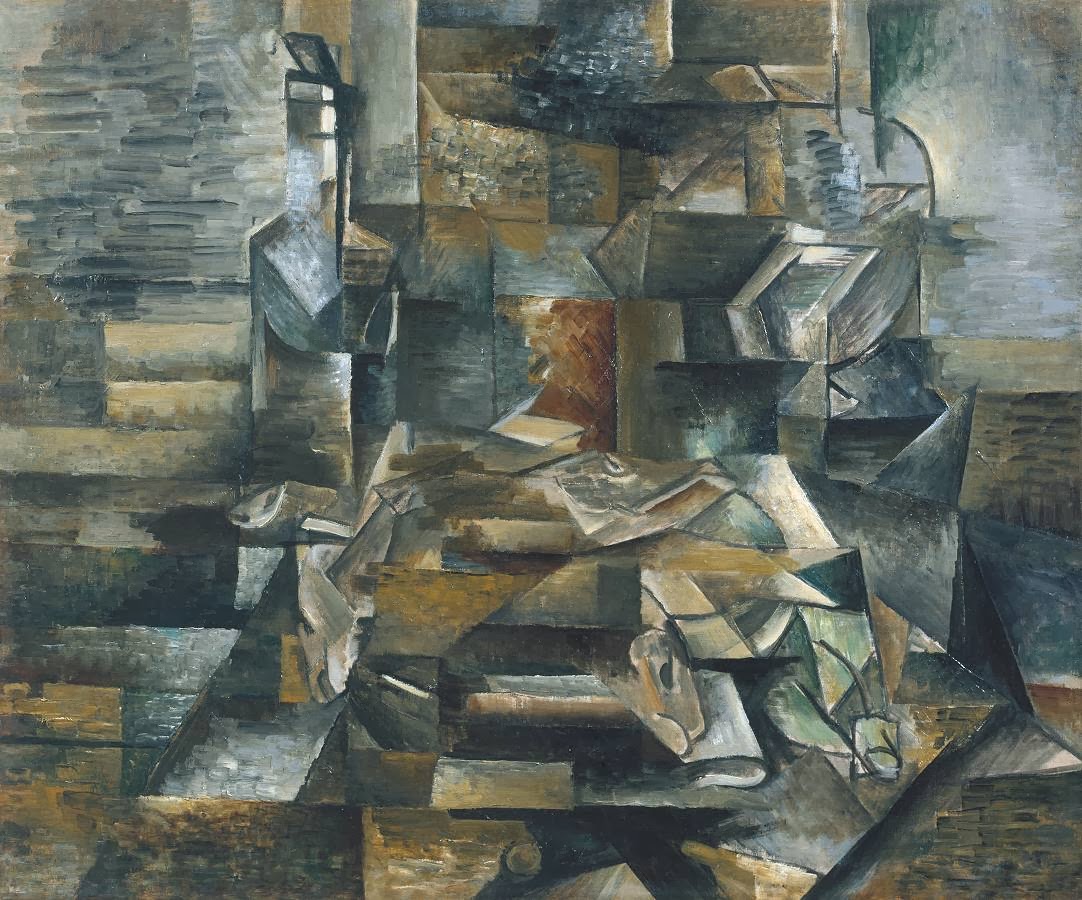

As a cube is the most basic shape that can be used to show 3 dimensions of the object. The painting depicting architecture like the ‘Viaduct at L’Estaque’ and Houses at Estaque depict an architectural specimen in different dimension allowing a higher level of perception to the viewer. It was noticed in the earlier works of cubism that normal objects or landscapes were represented in quasi-locked geometrical shapes with a lack of realistic color and texture which highlighted the object. Cubism a part of the modernist art forms. The art that originated from cubism very unique at the time and gave rise to a highly intellectual debate. Cubism was an art movement which originated during the advent of 20 th century and introduced a new outlook in the field of art. The model of this research is Georges Braque, is one of the pioneers of Cubism and is believed to be the father of Cubism. Also due to an unemployment rate of 40%, the child laborers work for low wages and face harsh situations even as house laborers (The World Bank, 2006). The infrastructure required for Haiti to be successfully industrialized hasn’t still developed which is causing a low rate of industrialization. The process of industrialization is beginning in Haiti and it accounted for 8% of the country’s total GDP in 2008 which has now reached to 20%. The per capita GDP of Haiti comes at 207 th place when compared to other countries in the world (Central Intelligence Agency, 2015). Haiti faces problems like low life expectancy, high death rate, high level of mortality because of AIDS and the amount of child labor observed in Haiti is 21% of the population falling in the age group 5 to 14. It is country with a population of 9 million out of which 34% of the population is between the age group. The poor country is focus for this research is Haiti, which is currently facing the grave problems of child labor occurring due to industrialization and lack of economic power to sustain a high standard of life for people. These correlating factors between the art style of cubism and social cubism allowing a conflict resolution are noteworthy.

Through this, the resolution of a social conflict became easy. The concept of social cubism introduced by Sean Byrne and Neal Carter showed how a social issue or the condition of a country can be viewed through a social cube consisting of ethnographic factors. This was noteworthy enough but how the concept of cubism reflected into society and analyzing social problems is something very unique. This factor can be associated with the scenario of industrialization process. This gave art a higher podium as it was capable of innovation more than anything else.Ĭubism was an advanced level of art on the canvas and reflected the advancement of society as the modern age was also the age of numerous perceptions extending the thought process of people. The image generated through a cubist painting showed a 3 dimensional view of the object which was not possible through a camera. This allows the viewer to witness the object from not one but many viewpoints allowing the viewer the freedom to perceive the subject of the image through his point of view.

In cubism, the paintings depict a person, object or building (subject of the painting) is fragmented manner showing the object through many dimensions. The observation of the technique of cubism is critical in perceiving the relation of the art movement and the social issue (subject) in consideration. It originated around the year 1907 through the paintbrushes of Georges Braque and Pablo Picasso considered pioneers of cubist art. The art of cubism is one of the most influential art forms among the modernist art styles. The field of art always remained influential on human civilization though its impact on our culture, architecture, society and perceptions. This essay is regarding the work of Georges Braque, the technique/methodology utilized in the cubist paintings and how the technique of cubism relates to the issue of teenage workers in the industrialization of Haiti. Teenage Workers in Industrialization in Haiti 4


 0 kommentar(er)
0 kommentar(er)
